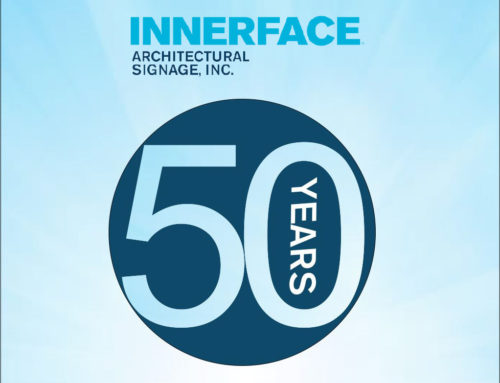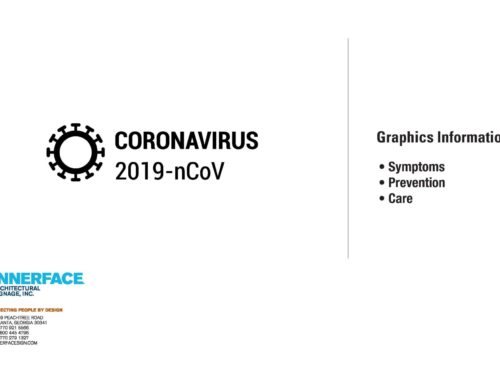Retail healthcare delivery is no longer defined as a response to a crisis
In response to consumer demand for choice, more medical care is moving out of the doctor’s offices and emergency rooms, and into retail. Which are more customer accessed channels of care, including clinics in drug stores, grocery stores and other retail establishments. We’re seeing this growth in nationwide drug store giants like Walgreens and Rite Aid, as well as the burgeoning of care facilities like Express Cares, Urgent Cares and Quick Cares which were all movers into the retail healthcare space. Walmart alone has created more than 100 in-store retail clinics staffed by nurse practitioners and branded as “one-stop shops” for primary care.
Unmistakably, healthcare is moving toward a retail model, and the consumers are driving the change. The demand for convenience and lower costs will demand that healthcare providers compete for customer loyalty just like any other retail industry. In an industry where patients can wait months for appointments and putting calls on hold has been standard operating procedure, something had to change.
A demand for physicians will exceed supply by a range of 46,000 to 90,000 by 2025
It’s moving very rapidly into the next phase of the healthcare evolution: wellness and other preventative services. Patients still want the convenience and accessibility of walk-in clinics for everything from sore throats to sprained ankles, but they are increasingly turning to in-store clinics located in retail environments to maintain their wellness, especially since increasing numbers of insurance providers are rewarding members for healthy lifestyles.
Wellness services can include ongoing nutrition counseling, fitness, lifestyle programs, weight loss programs and more. And whether they are offered by employers or pursued by individuals, this new wave of bundled services will play a huge role in the range and depth of products that new healthcare retailers will need to offer down the road. But most importantly, the effective delivery of wellness services such as these requires a greater level of high-touch customer engagement and accessibility that only a retail model provides. As patients’ choices increase, it takes a lot more than a yearly appointment reminder to gain and regain their loyalty. You need to plan and implement retention programs that keep customers aware, informed and excited about your services and your brand.
Do the hard work of understanding what your patients want and make the changes necessary to consistently meet their expectations.
Effective, retail-centric healthcare marketing removes the mystery and intimidation surrounding the purchase of services provided by physicians, hospitals, therapists and other healthcare practitioners. Instead, it empowers the consumer with relevant, timely information about the benefits of your brand. Healthcare marketers should dig deep for insights defining their best customer, understand that customer’s journey and experience, and target their limited marketing spend on prospects who are most likely to become pro table, long-term, loyal customers. And just as important, reward them for their loyalty. The ultimate expression of your brand lies in your patient’s experience. The verbal and visual elements of an identity system act as the framework for your brand expression.
An effective, functional identity system represents the underlying intelligence of your brand, presented in an organized framework to the public.
Wayfinding functions as a framework because the information is the context that builds the system, there is an interconnected mandate to wayfinding elements. A gap leads to confusion and wayfinding elements are an integral part of an interior or exterior architectural landscape.
The system behaves as your brand in that the visual elements of the system will enhance your corporate identity, reinforcing it throughout the system while creating architectural landmarks for wayfinding, these visual elements should carry the informational context in a succinct way and as your visitors and patients navigate space, the system creates patterns that people recognize as decision points.
The basis for success requires a few key tasks to make sure the architecture of your brand is clear, keeping your culture/vision, the physical aspects of your organization and sub-brands, partnerships, indirectly related entities. The distill the verbal brand elements to a short list of “speakable” items for directions, destinations, services and finally, build a system of visual elements that accurately reflect the items listed above: signage, printed and electronic media, etc.





